Tug Of War by Paul McCartney
Buy Tug of War The naive belief that one could end war by political correctness at a time when no major wars were occurring in the Western world may be the best way […]
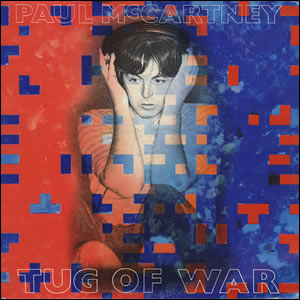
Buy Tug of War The naive belief that one could end war by political correctness at a time when no major wars were occurring in the Western world may be the best way […]
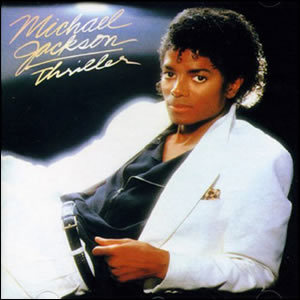
Thriller is the sixth studio album by Michael Jackson and the best selling album of all time. Seven of the nine songs on the album were released as singles and each one of […]
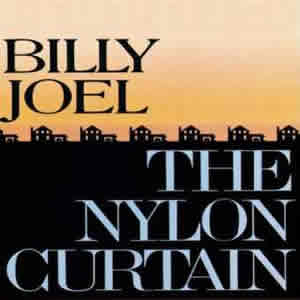
Buy The Nylon Curtain After much commercial success with his previous albums, Billy Joel really branched out to new musical territory on his eighth studio album, The Nylon Curtain. On this album, the […]
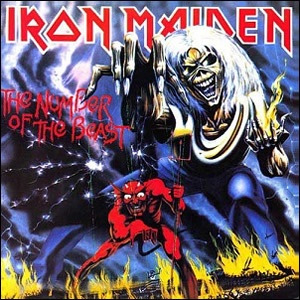
Buy The Number Of the Beast As we’ve mentioned before on this site, Classic Rock Review does not like to stray too far from mainstream rock and pop when selecting which albums we […]
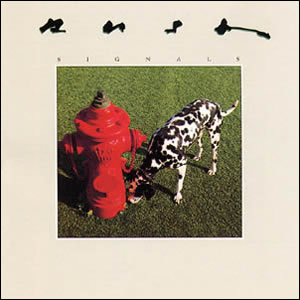
Buy Signals Signals was the much anticipated ninth album by Rush, as it followed up the blockbuster 1981 album Moving Pictures. This album would be the first where they would depart from the […]
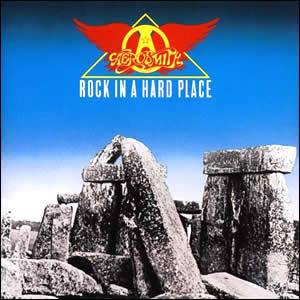
Buy Rock In a Hard Place Rock In a Hard Place is considered by some to not be a “real” Aerosmith album because it is the only one to not include all five […]
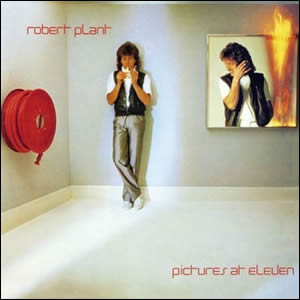
Buy Pictures at Eleven Pictures At Eleven was sweet relief for Zeppelin-starved fans still in shock over John Bonham’s death and the break up of Led Zepplin when it was released as Robert Plant‘s debut solo album […]

Buy One On One Many critics believed that Cheap Trick was already past their peak by the time that got around to recording their sixth studio album, One On One in 1982. The band […]
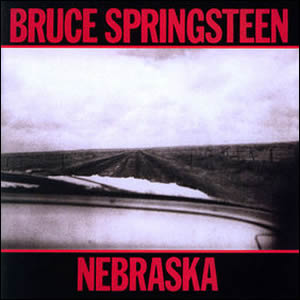
Buy Nebraska Bruce Springsteen‘s 1982 solo album Nebraska was an original “demo” that found unexpected life as a major label recording by a major label artist. The tracks for this sparsely-recorded album were […]

Buy Marshall Crenshaw Marshall Crenshaw writes songs that could be described as simple, traditional pop/rock songs with a hint of Rockabilly in the tradition of Buddy Holly and early Beatles. In fact, Crenshaw […]